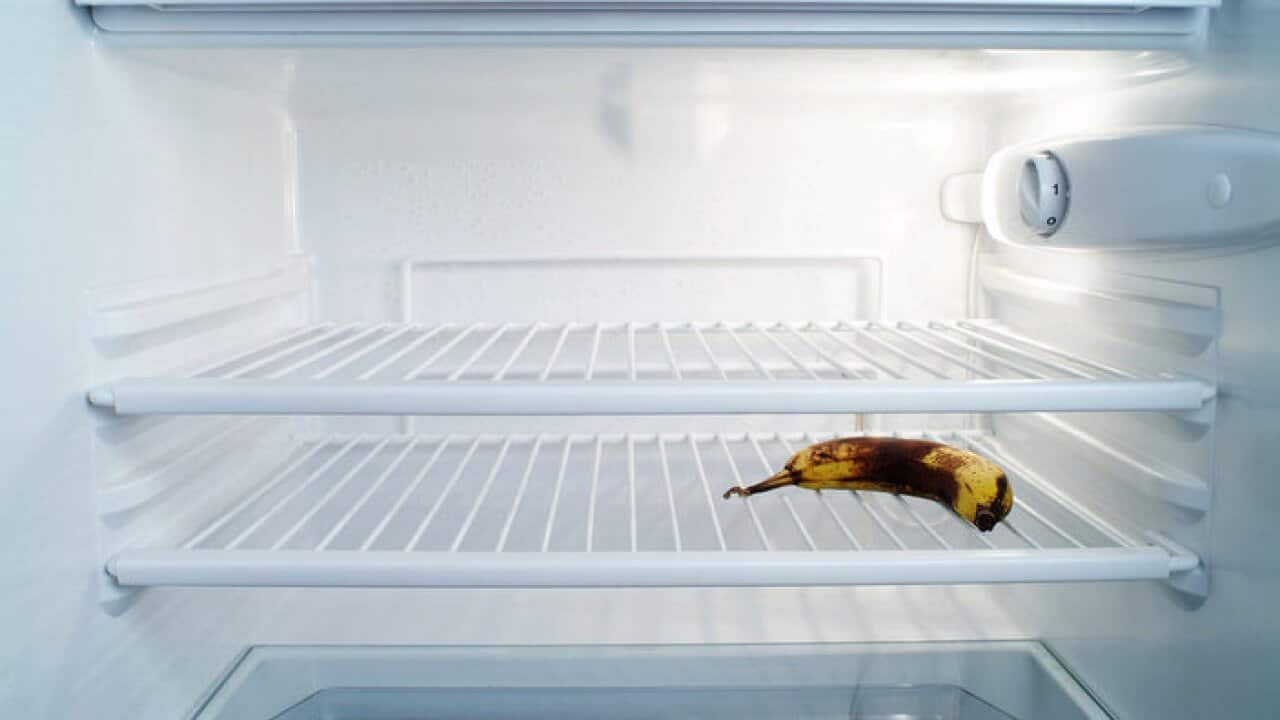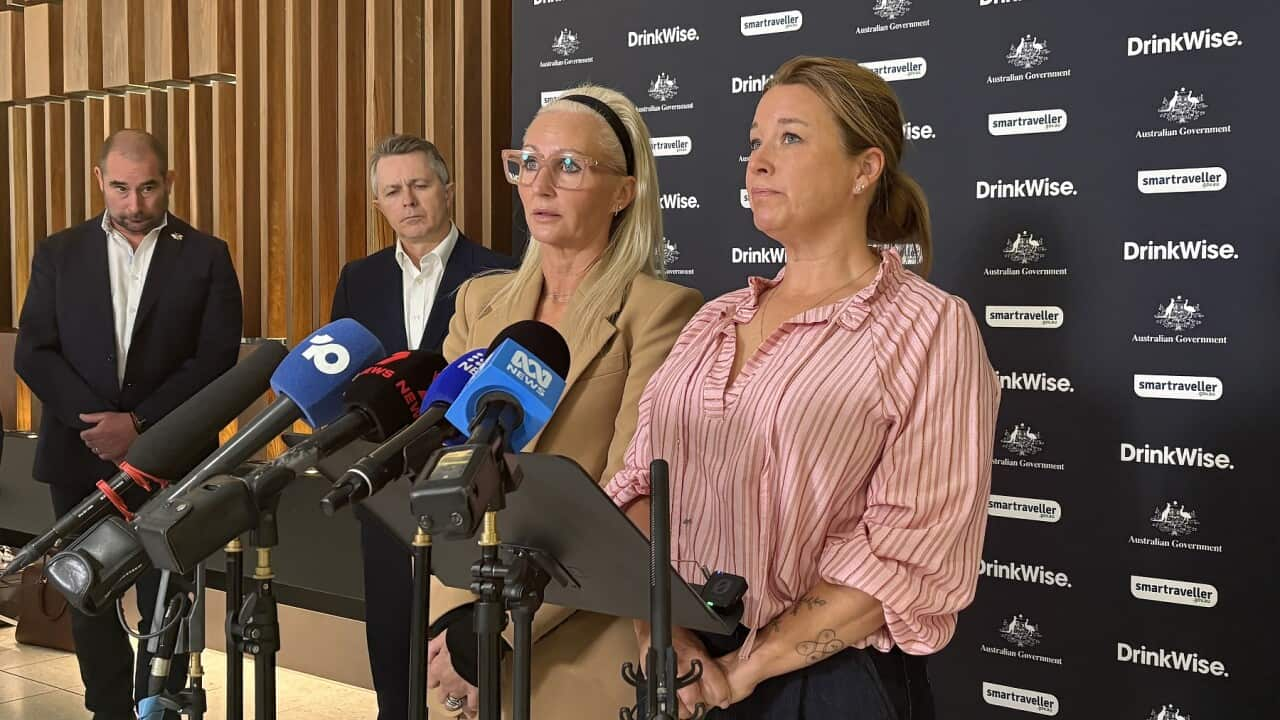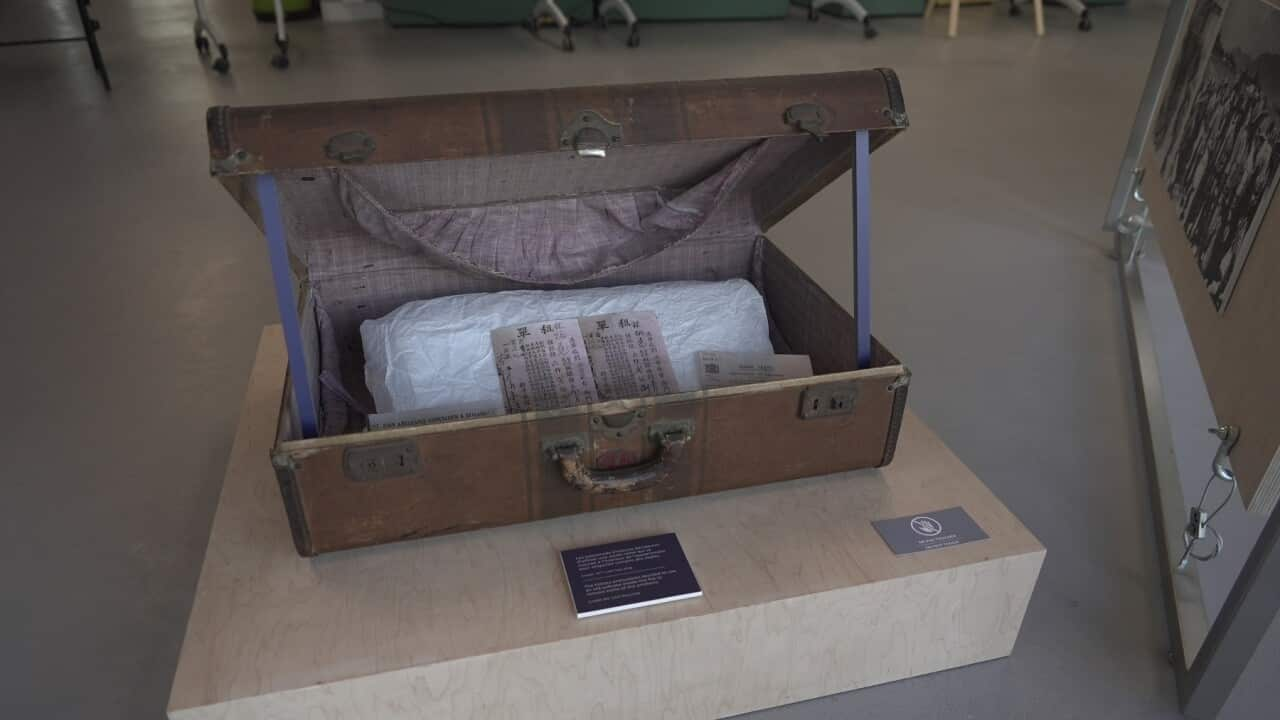Italiano
Con l'inizio della primavera, per molti australiani è tempo non solo di andare in campeggio e partecipare ai vari festival floreali, ma anche di ripulire le dispense.
Il Food Safety Information Council incoraggia gli australiani a controllare le loro dispense, i frigoriferi e i congelatori e a eliminare i prodotti che hanno superato da tempo la data di scadenza.
Ma la pulizia potrebbe rivelarsi complicata, poiché spesso le persone confondono due importanti etichette presenti sugli alimenti, secondo Lydia Buchtmann, amministratrice delegata del Food Safety Information Council.
"It's best to remember the difference between the Best Before and the Use By date, because we don't want to waste food unnecessarily. And essentially, they just mean what they say. 'Used by' means you actually have to use that food by that day; 'the best before' date is, as it says, just about quality. So it will taste better by that day, but you can still eat it after that day."
Buchtmann sostiene che è possibile ruotare gli alimenti, mettendo i prodotti nuovi in fondo al frigorifero o alla dispensa e consumando prima quelli più vecchi.
Ma una conservazione efficace degli alimenti non consiste solo nel controllare le date di scadenza, poiché secondo gli esperti è importante anche il modo in cui gli alimenti vengono conservati.
La dottoressa Rozita Vaskoska è portavoce della CSIRO per la sicurezza dei consumatori.
Secondo lei anche la confezione degli alimenti è importante.
"If you have a cereal, try to tip it in a container that is dedicated to cereal, rather than just keeping the original packaging in and any other external packaging that is removable. It's good to not bring (external package) inside the pantry, because it can bring the risk of moths as well."
In Australia, le malattie di origine alimentare, note anche come intossicazioni alimentari, hanno causato notevoli problemi sanitari ed economici.
Secondo un rapporto della Food Standards Australia New Zealand, nel 2022 si stimarono circa 4 milioni e 670mila casi di intossicazione alimentare all'anno in Australia.
Il rapporto ha inoltre rilevato che gli alimenti non sicuri hanno causato oltre 47mila ricoveri ospedalieri e 39 decessi.
Vincent Ho è professore associato e gastroenterologo clinico presso la Western Sydney University.
Ho ha dichiarato che esiste un legame inequivocabile tra una conservazione inefficace degli alimenti e l'intossicazione alimentare.
"Food, they need to be stored in a particular environment to minimise the growth of bacteria, because we know bacteria flourish in a zone of temperature between 5 degrees and 60 degrees Celsius, that's called the danger zone. And that's when we get a lot of bacteria reproduction."
Nonostante il problema persistesse, nel 2024, Food Standards Australia New Zealand ha rilevato che meno della metà degli oltre 2000 intervistati dichiarò di seguire sempre le procedure corrette durante la preparazione dei cibi a casa, come lavarsi le mani e tenere separati i taglieri e i coltelli per la carne cruda.
Poiché nei prossimi mesi in Australia si prevede un caldo molto superiore alla media, il professor Ho ha precisato che ciò significa che le persone dovranno prestare particolare attenzione alla temperatura a cui sono esposti i loro alimenti.
Ho sostiene che il caldo può anche rendere il corpo umano più vulnerabile all'intossicazione alimentare.
"If you take away from the heat stroke, which can affect people, what we know is that when you have warm environments, certainly people are more likely to be more susceptible to gastroenteritis. We know that across the world, from all the data, that typically, in very very hot conditions, people are more likely to get gastroenteritis in general."
Ma come pulire correttamente il frigorifero?
Il professor Ho sostiene che sia importante rimuovere regolarmente tutti gli alimenti ma anche i cassetti e i ripiani per effettuare una pulizia accurata.
"When you are washing the shelves and draws, use warm soapy water. If you don't have access to that, use a little bit of water and vinegar mix again, and that can be useful. But wipe down all the surfaces, and here's a very important point: you need to make sure you dry properly, so you really want to wipe them dry to prevent moisture and bacteria from returning."
Inglese
As spring kicks off, it's time for many in Australia to not just go on camping and attend the various floral festivals, but also clean up food storage.
The Food Safety Information Council is encouraging Australians to do a check on their pantries, fridges and freezers, and clean out those items that have long passed the expiration dates.
But the cleaning could be tricky, as people are often found to confuse two important labels on food, according to Lydia Buchtmann, the chief executive of the Food Safety Information Council.
"It's best to remember the difference between the Best Before and the Use By date, because we don't want to waste food unnecessarily. And essentially, they just mean what they say. 'Used by' means you actually have to use that food by that day, the 'best before' date is, as it says, just about quality. So it will taste better by that day, but you can still eat it after that day."
Ms Buchtmann says people can rotate their food, by putting the new products at the back of the fridge or pantry, and use the older items first.
But effective food storage isn't just about checking the expiration dates, as experts say it's also about how the food is preserved.
Dr Rozita Vaskoska is CSIRO's Consumer Safety Spokesperson.
She says the packaging of the food also matters.
"If you have a cereal, try to tip it in a container that is dedicated to cereal, rather than just keeping the original packaging in and any other external packaging that is removable. It's good to not bring (external package) inside the pantry, because it can bring the risk of moths as well."
In Australia, food-borne illnesses - also known as food poisoning - have caused significant health and economic concerns.
According to a report by Food Standards Australia New Zealand, in 2022, there were an estimate of 4.67 million cases of food poisoning in Australia each year.
It also found unsafe food had caused over 47,000 hospitalisations and 39 deaths.
Vincent Ho is an associate professor and Clinical Academic Gastroenterologist at the Western Sydney University.
He says there's what he calls a definite linkage between ineffective food storage and food poisoning.
"Food, they need to be stored in a particular environment to minimise the growth of bacteria, because we know bacteria flourish in a zone of temperature between 5 degrees and 60 degrees Celsius, that's called the danger zone. And that's when we get a lot of bacteria reproduction."
Despite the persistent issue, in 2024, Food Standards Australia New Zealand found less than half of its over 2000 respondents said they always followed proper procedures when preparing food at home, such as washing hands, and keeping the cutting boards and knives for raw meats separate.
As Australia is expected to be much hotter than average in the next few months, Professor Ho clarifies that it means people need to pay extra attention to the temperature their food is exposed to.
He says the heat can also make human bodies more vulnerable to food poisoning.
"If you take away from the heat stroke, which can affect people, what we know is that when you have warm environments, certainly people are more likely to be more susceptible to gastroenteritis. We know that across the world, from all the data, that typically, in very very hot conditions, people are more likely to get gastroenteritis in general."
So how should we clean the fridge properly?
Professor Ho says it's important to regularly take out all the food as well as the draws and shelves for a deep clean session.
"When you are washing the shelves and draws, use warm soapy water. If you don't have access to that, use a little bit of water and vinegar mix again, and that can be useful. But wipe down all the surfaces, and here's a very important point: you need to make sure you dry properly, so you really want to wipe them dry to prevent moisture and bacteria from returning."












